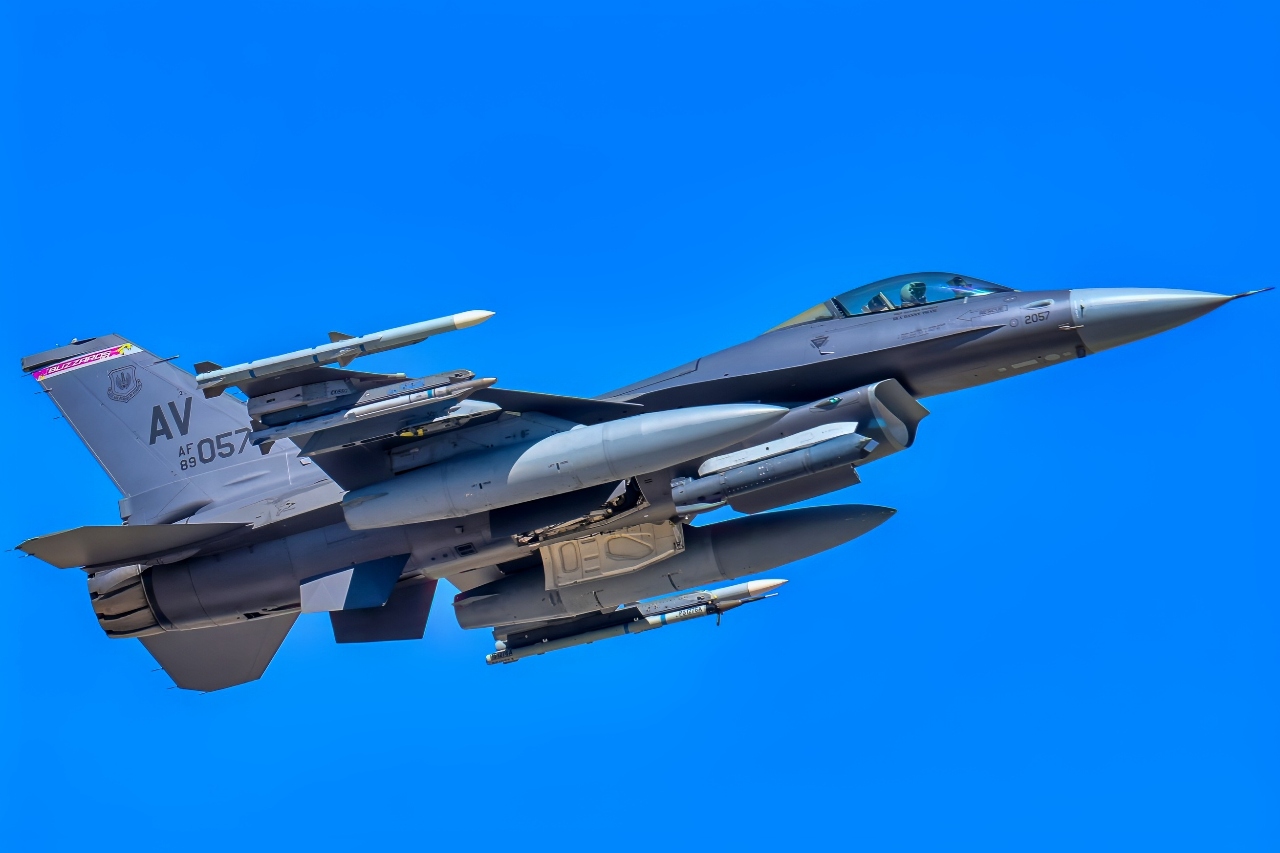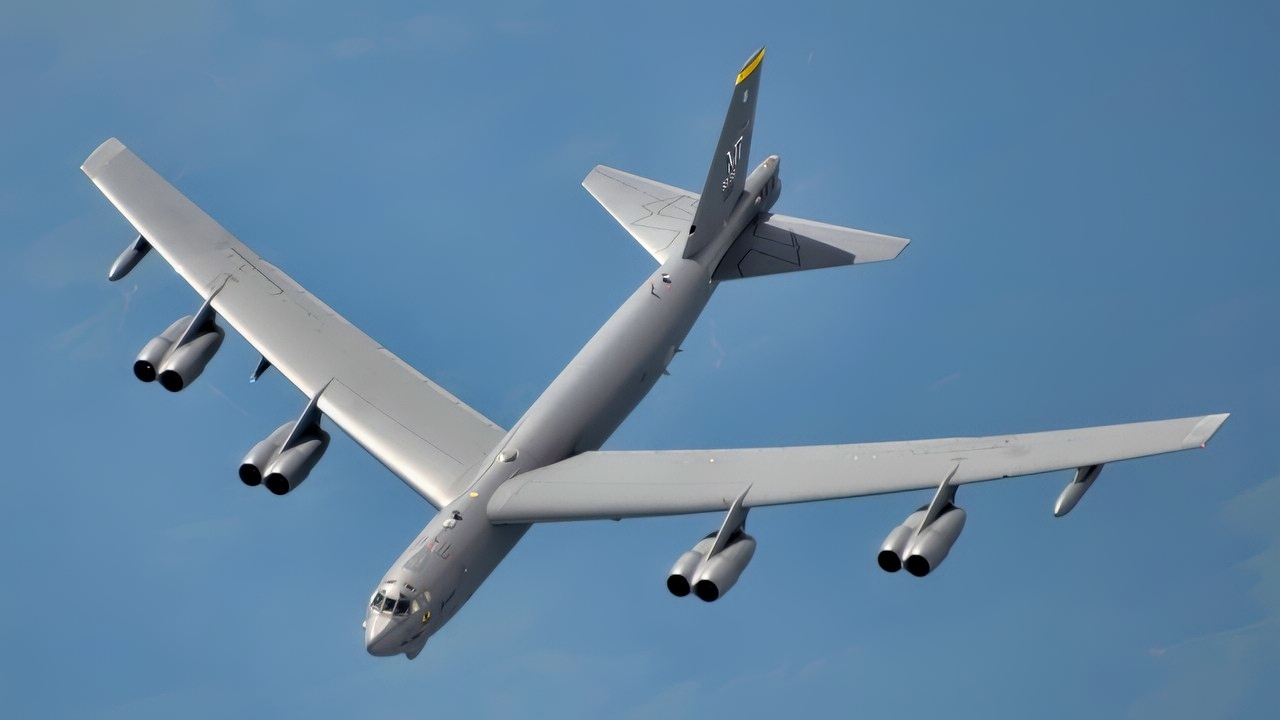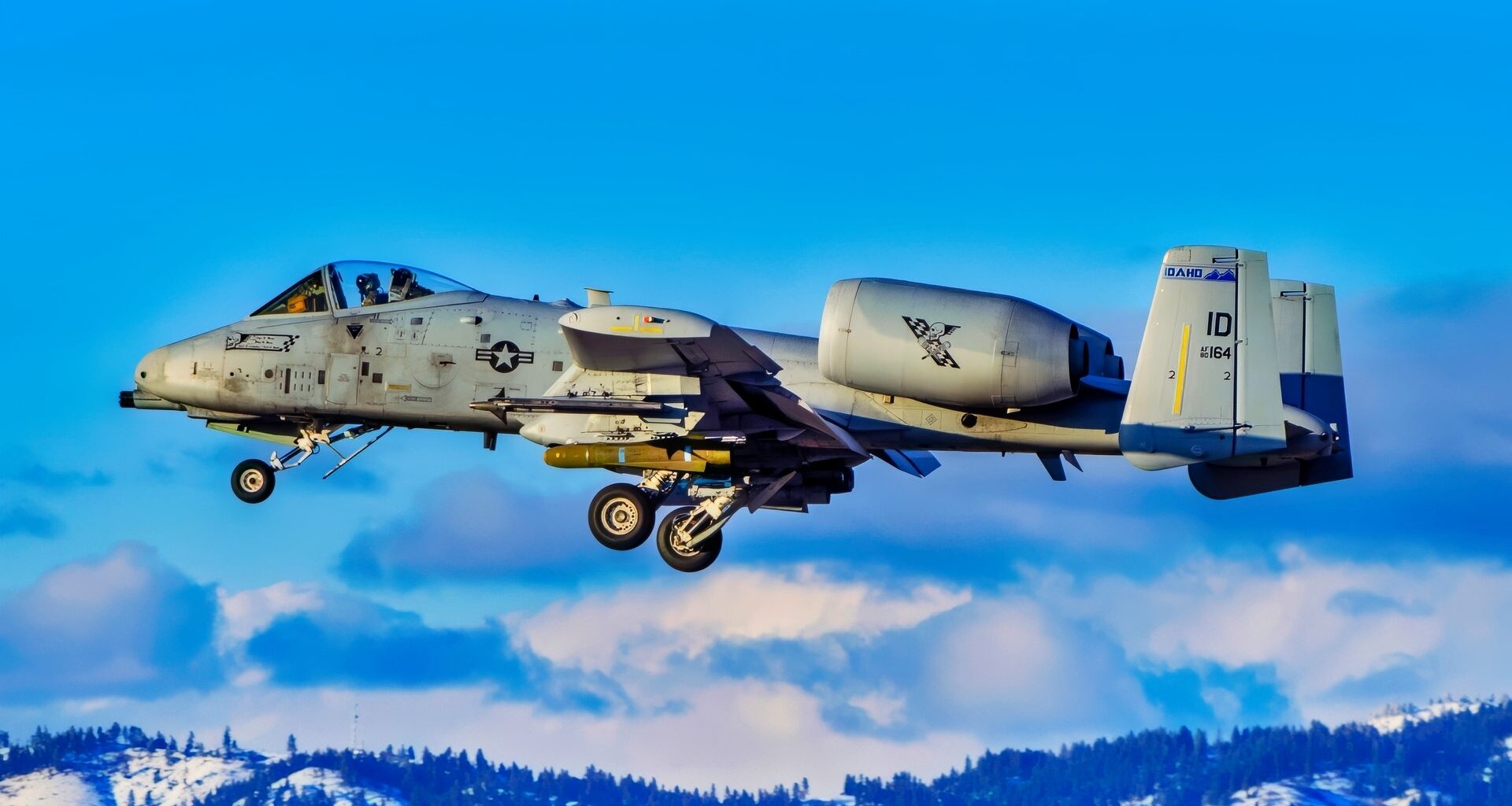Key Points and Summary – Russian drones crossing into Poland and MiG-31s violating Estonian airspace revived the core question: how does a Russia vs. NATO war actually begin?
-This analysis argues Moscow will keep probing seams—airspace, air defenses, political will—aiming to force NATO into an Article 4/5 dilemma.

A U.S. Air Force F-16 Fighting Falcon assigned to the 510th Fighter Generation Squadron takes off during Exercise Anatolian Eagle 25 at the 3rd Main Jet Base, Konya, Türkiye, June 30, 2025. Through realistic multinational training, the 31st Fighter Wing enhances survivability, increases combat effectiveness and demonstrates that the U.S. and its Allies and partners are prepared to defend the homeland, deter aggression, and, if necessary, fight and win. (U.S. Air Force photo by Airman 1st Class Zachary Jakel)
-Europe’s fragmented defense industry, ammunition shortages, and uneven appetite for risk create openings for a rapid, deniable “fait accompli” in the Baltics using EW, drones, and covert forces.
-That scenario wouldn’t resemble a set-piece tank battle; it would be a shock campaign designed to split allies before they can mobilize.
The Baltic Fait Accompli: Putin’s Most Likely Play Against NATO
WARSAW, POLAND – Recent incidents involving Russia and neighboring NATO member-states have the world asking two questions. One is just how a war between Moscow and the transatlantic Alliance might begin. The other is what would have to transpire for a conflict to spread from a localized incursion or skirmish into a full-fledged war between the two.
On Sept. 9, at least 19 Russian drones heading toward targets in Ukraine crossed over into Poland, catching the Polish air defense command off-guard. In a second incident, three Russian Aerospace Forces Mikoyan MiG-31 fighters – manned aircraft with two-man aircrews – violated Estonian air space on Sept. 19.
In both cases, the nations in question – Poland and Estonia – called for Article 4 consultations in accordance with the NATO charter. Under Article 4 of NATO’s founding treaty, “members can bring any issue of concern, especially related to the security of a member country, to the table for discussion within the North Atlantic Council.” Since the Alliance’s creation in 1949, Article 4 has been invoked only nine times.
The assumption is – and it is by no means unreasonable – that this is how a war with Russia could begin. As Estonian Foreign Minister Margus Tsahkna said, “this was a heavy violation by Russia.”

A B-52 Stratofortress assigned to the 5th Bomb Wing, Minot Air Force Base, North Dakota, completes refueling behind a KC-135 Stratotanker assigned to the 134th Air Refueling Wing, Tennessee Air National Guard, during exercise Saber Guardian 19, June 17, 2019. The bombers participated in three exercises in the Baltic and Black Sea regions, providing opportunities for training with our allies and partners. Strategic bomber missions enhance the readiness and training necessary to respond to any potential crisis or challenge across the globe. The USEUCOM, NATO exercise promotes regional stability and security while increasing readiness, strengthening partner capabilities and fostering trust. (U.S. Air National Guard photo by Tech. Sgt. Daniel Gagnon)
“Three fighters, MiG-31s, entered NATO airspace for 12 minutes,” Tsahkna added. “NATO acted very adequately and by the book. But if you see what Russia is doing, they are putting more pressure on NATO.”
“Russia is testing NATO, the unity of Europe. The Eastern flank is taking more responsibilities. We are the first line [of defense].”
How Much Bang For the Buck
Often those who measure the potential outcomes for a Russia vs. NATO conflict engage in what people in the defense business refer to derisively as “bean-counting.” Who has more tanks, who spends more on defense, how many weapon systems do the allies have? It is not always a productive starting point for calculating an enemy’s potential to cause trouble – or how to counter that enemy.
By way of example, NATO in the aggregate spends more money than Russia on defense, but as one recent report details, how it is spent is more important than how much.
Duplicate and incompatible capabilities are a problem within NATO. Altogether the Alliance’s EU members operate 178 weapon systems types and 17 different makes of tank, according to the BBC. And those numbers do not include the U.S., Canada and the UK.
Russian President Vladimir Putin realizes that these NATO nations operate a cornucopia of weapons and can field a “powerful, and modern fighting force,” reads one analysis by the Kyiv Independent. “But – its European contingent at least – faces ammunition shortages, a fragmented defense industry, and insufficient air defense coverage”.
Therefore, Putin’s war with the Alliance is not likely to start in some set-piece battle – a major engagement of one army against another rolling across the plains of Europe. He would take advantage of areas in which the Alliance is weak – and the greatest weakness is not a shortage of ammo or other assets, but the simple fact that some nations are ready to fight Russia to defend themselves, but others will do anything to avoid it.
The Weakest Link
“It is Ukraine that today has perhaps the most combat-ready army in Europe”, wrote Oleg Dunda, a member Ukraine’s parliament, the Rada, in The Spectator. The U.S. has more weaponry, he points out, but the Ukrainian military is unique in having adapted to defending against Russia’s electronic warfare and drone systems.
A Russian war against NATO is likely to begin against one of the small Baltic states that lacks the ability to react as Ukraine has. The larger, more established members of the alliance, such as Germany, will not be anxious to go to war for one of the Baltic nations.
A potential invasion of the Baltic states might not involve a single tank, reads an assessment in one of the UK’s leading weekly publications. It would instead be a quick and silent offensive that seeks to take over one of these small states overnight and leave NATO with a fait accompli: Either accept Russia’s aggression – its takeover of an alliance state – or go to all-out war.
“It will be unexpected: with communication blackouts, drone strikes on infrastructure and civilian convoys in uniform without identification marks,” said Ukraine’s Dunda. “Estonia, Latvia and Lithuania may simply wake up as part of Russia without a single shot fired by Nato.”
Such an invasion of the Baltics could happen at any time, including while Russia is still fighting in Ukraine, he and others have forecast. And Europe does not have the time to prepare, build more weaponry, and equip its militaries for the war that would ensue.
This would bring about the crucial choice. Let Russia get away with picking on the weakest links, the smallest nations – this would most likely break the Alliance, and would certainly diminish its relevance and credibility. The other option would be going to war with an underequipped set of allies that have neither the personnel nor the logistics to sustain a long-term counteroffensive.
It is the most unfavorable scenario that there is. Which is why it is the one Putin is most likely to choose.
About the Author: Reuben F. Johnson
Reuben F. Johnson has thirty-six years of experience analyzing and reporting on foreign weapons systems, defense technologies, and international arms export policy. Johnson is the Director of Research at the Casimir Pulaski Foundation. He is also a survivor of the Russian invasion of Ukraine in February 2022. He worked for years in the American defense industry as a foreign technology analyst and later as a consultant for the U.S. Department of Defense, the Departments of the Navy and Air Force, and the governments of the United Kingdom and Australia. In 2022-2023, he won two awards in a row for his defense reporting. He holds a bachelor’s degree from DePauw University and a master’s degree from Miami University in Ohio, specializing in Soviet and Russian studies. He lives in Warsaw.
More Military
USS Constellation Was the Workhorse Aircraft Carrier
Aircraft Carrier USS Independence: Summed Up in 4 Words
Russia’s Tu-95MS Bear: Moscow’s B-52 Bomber?
